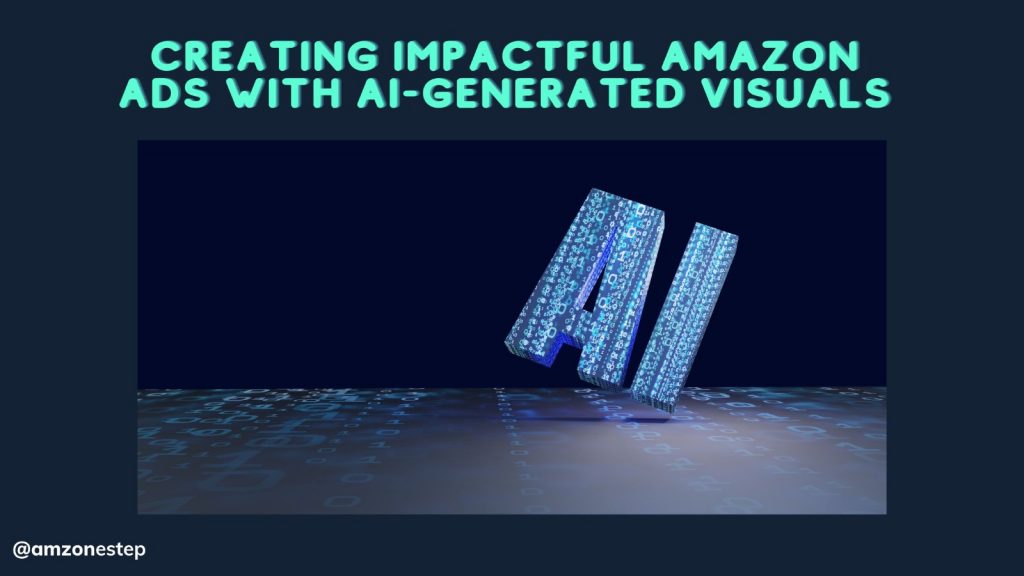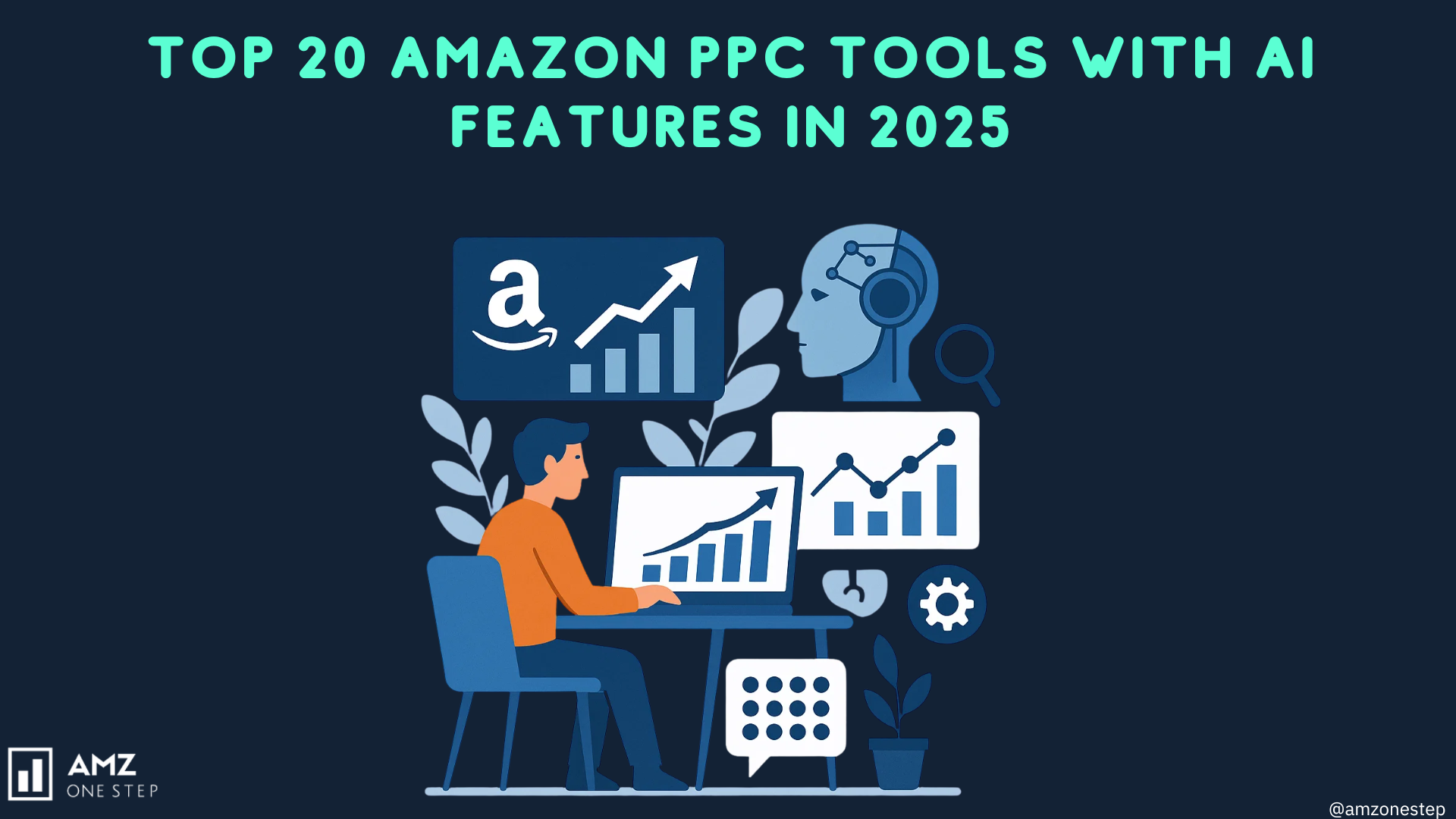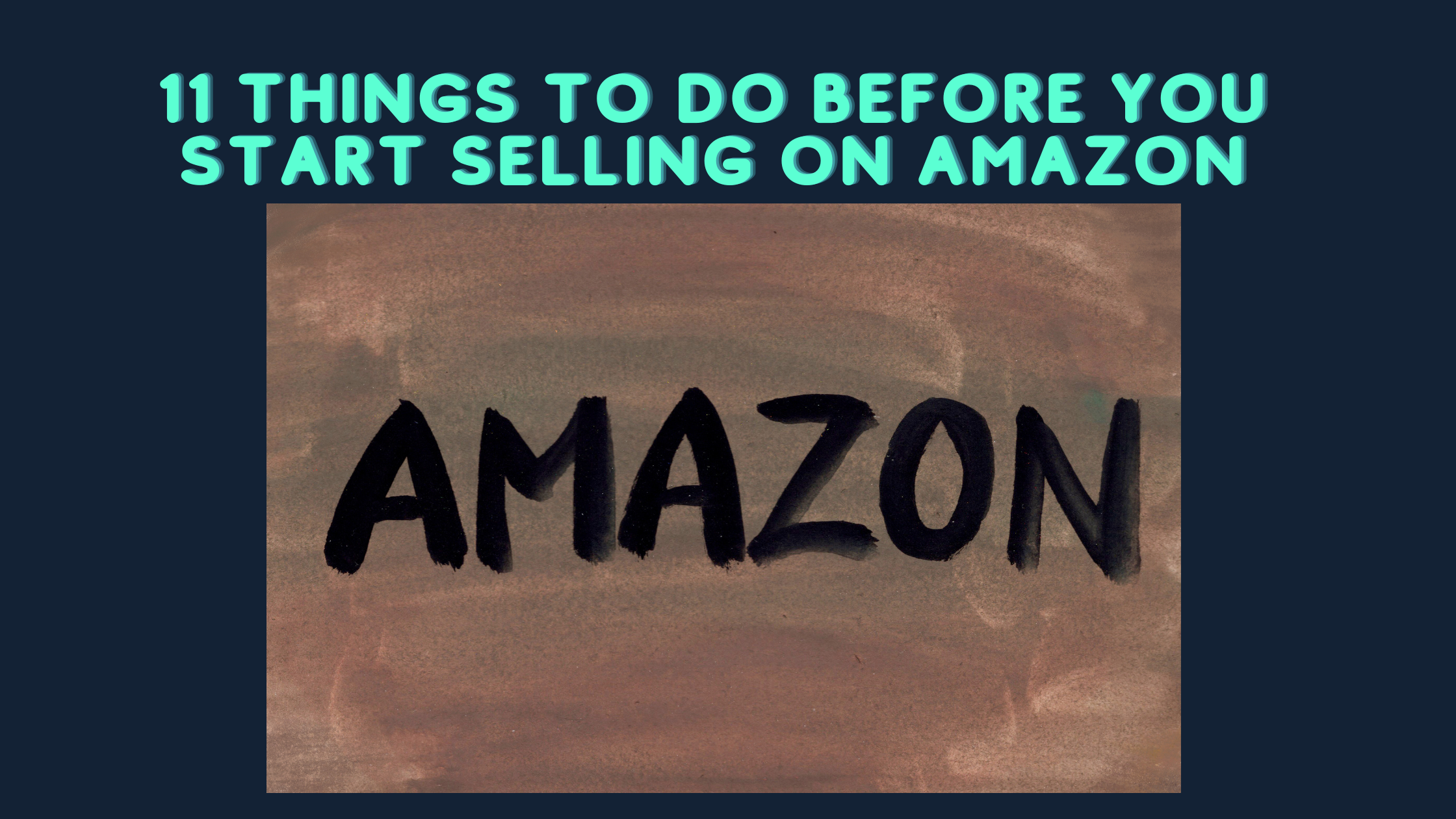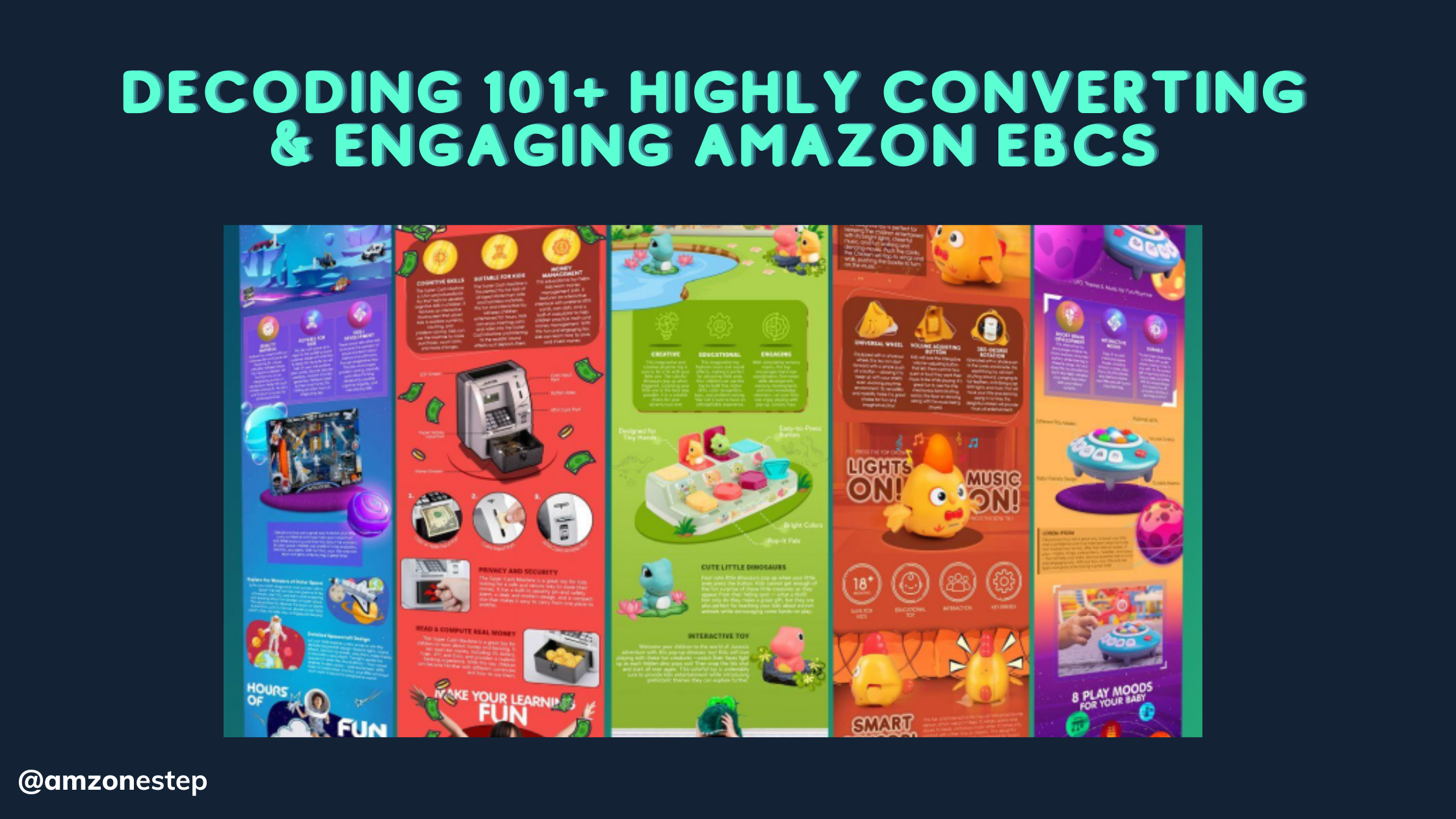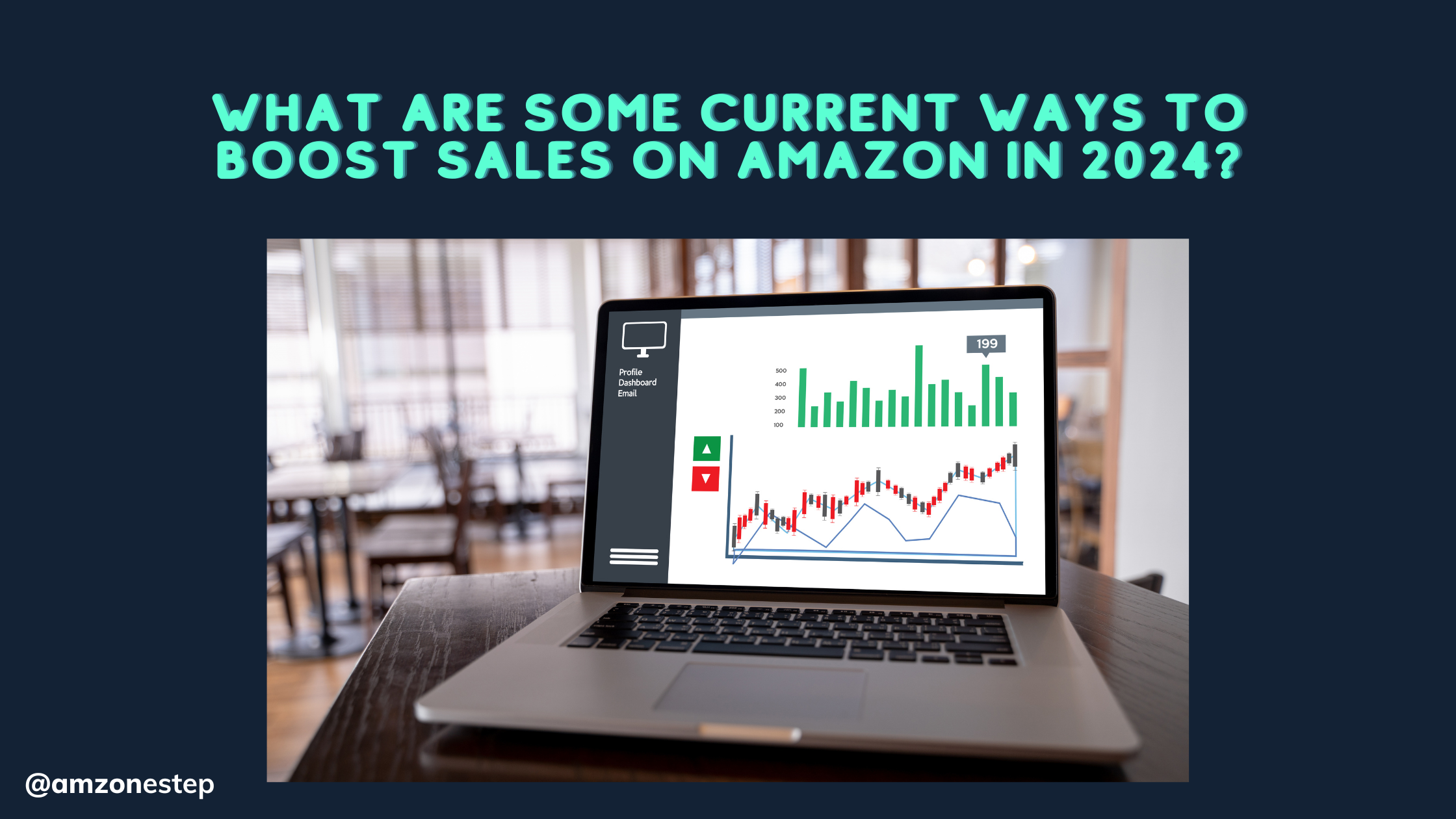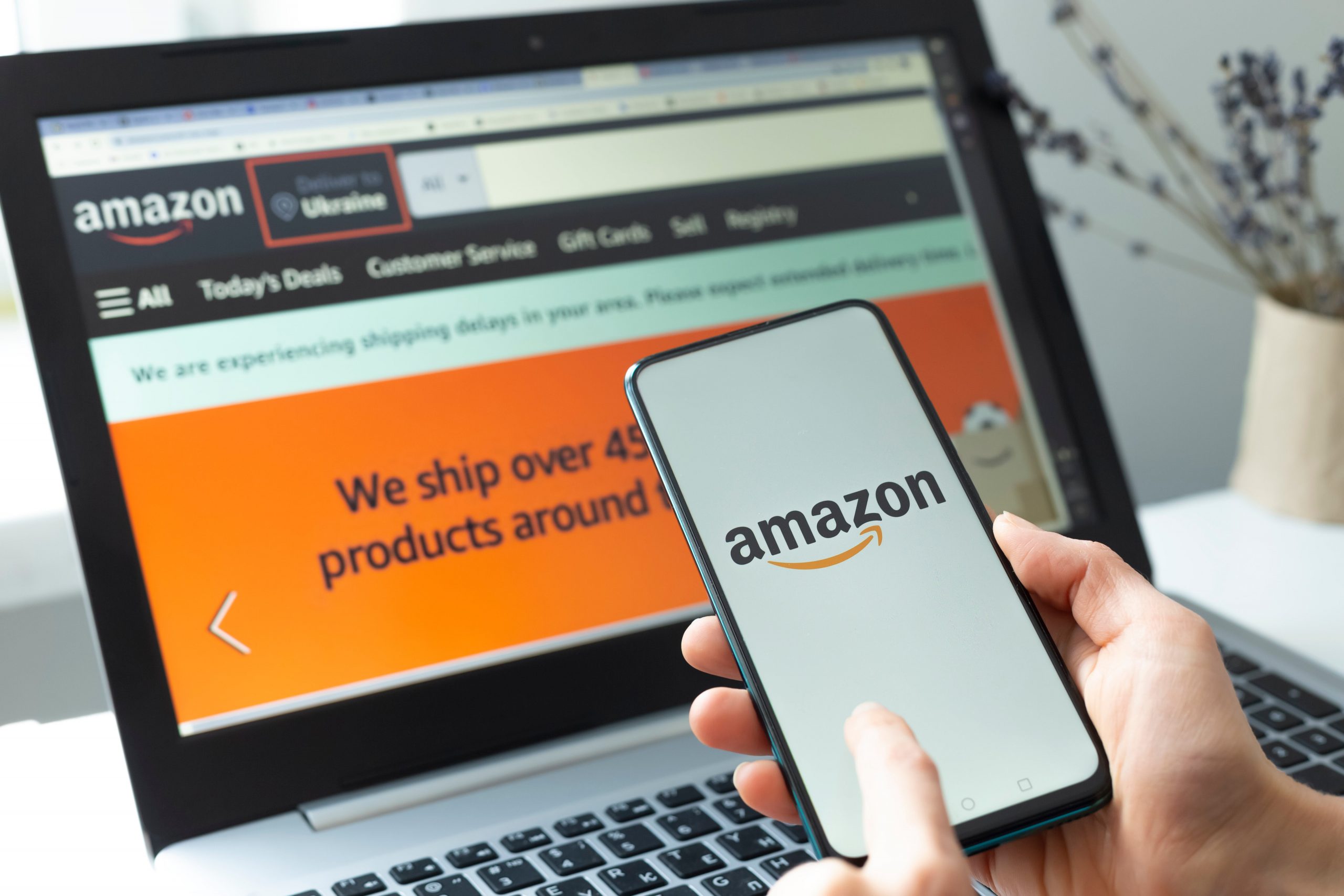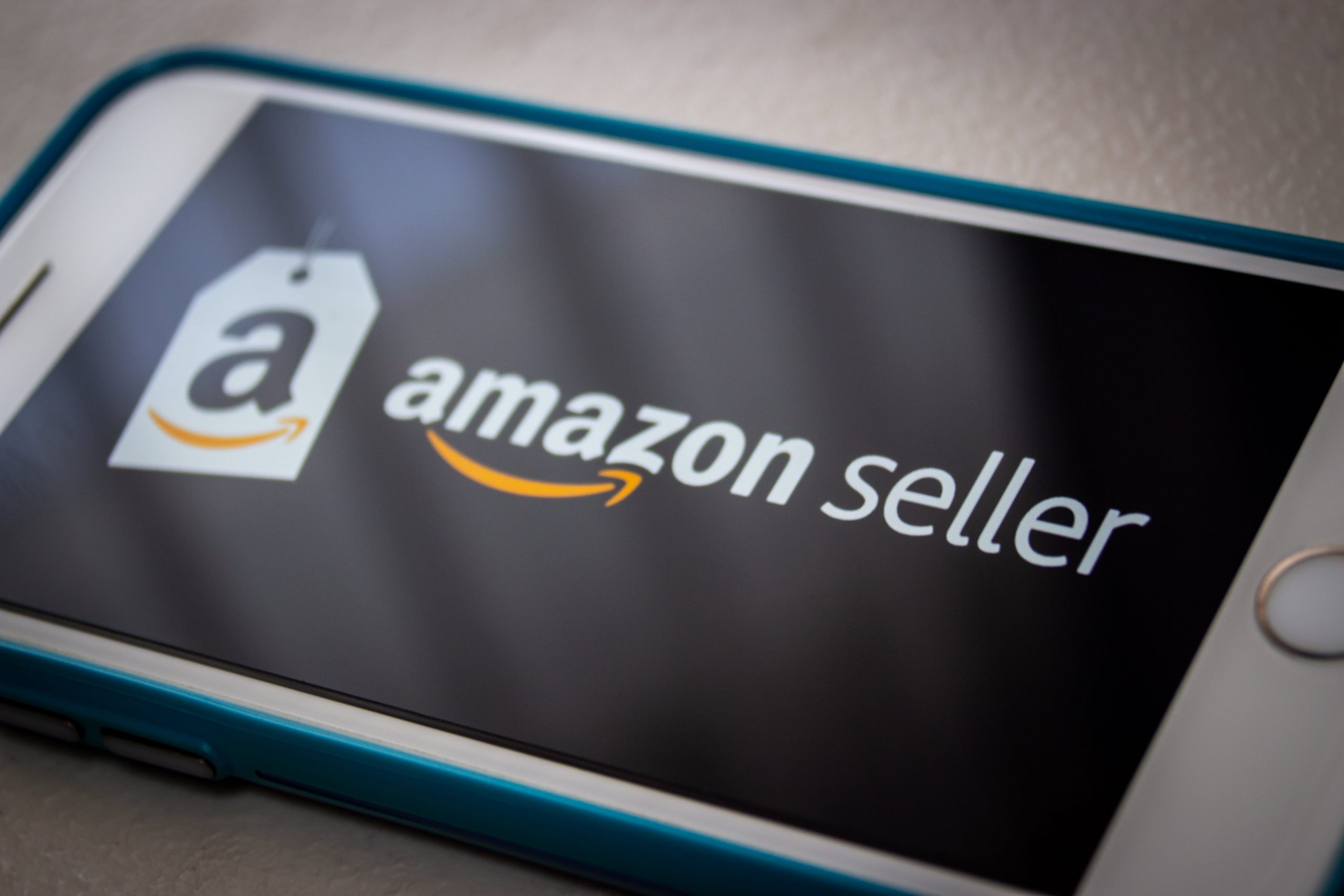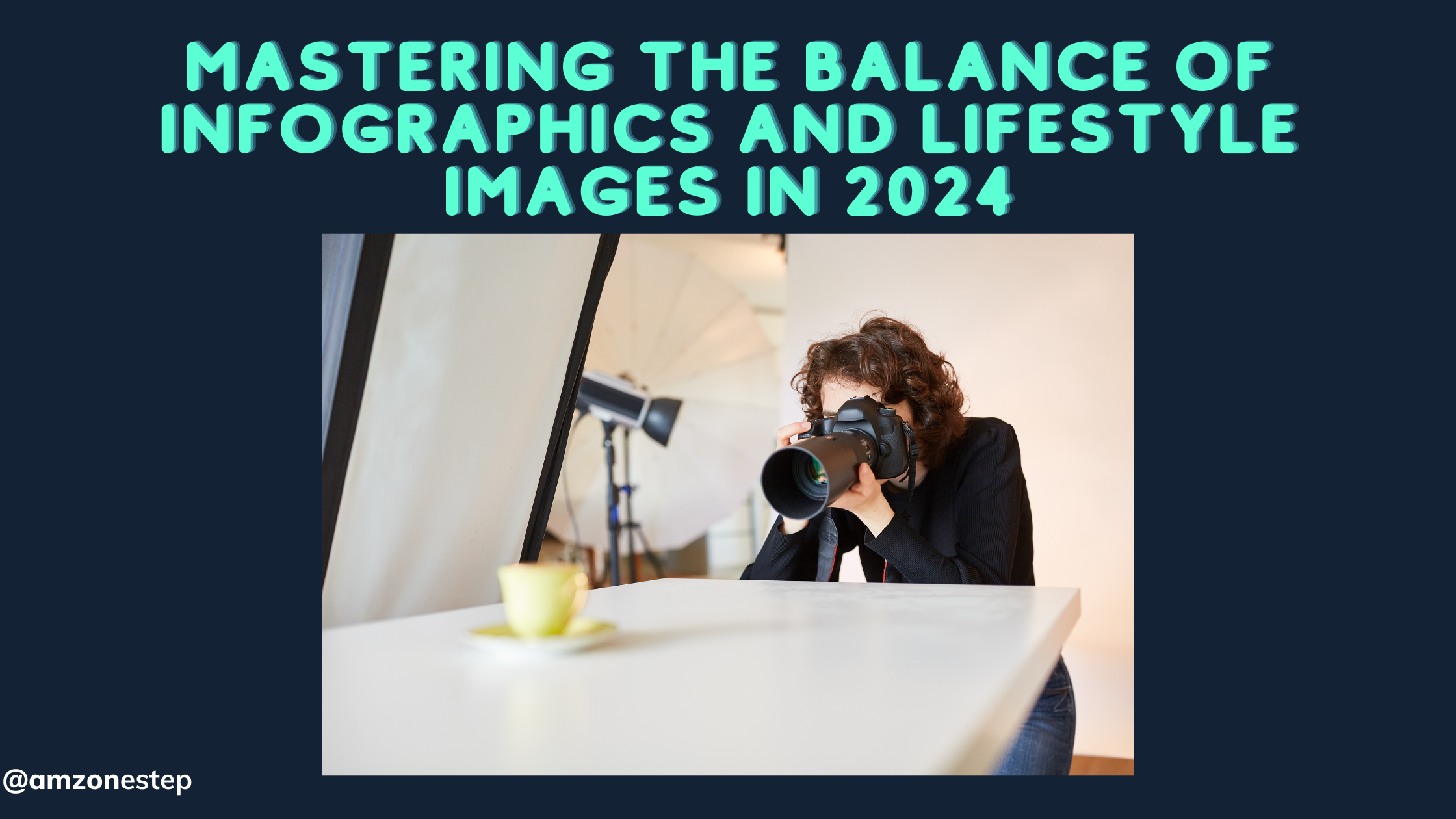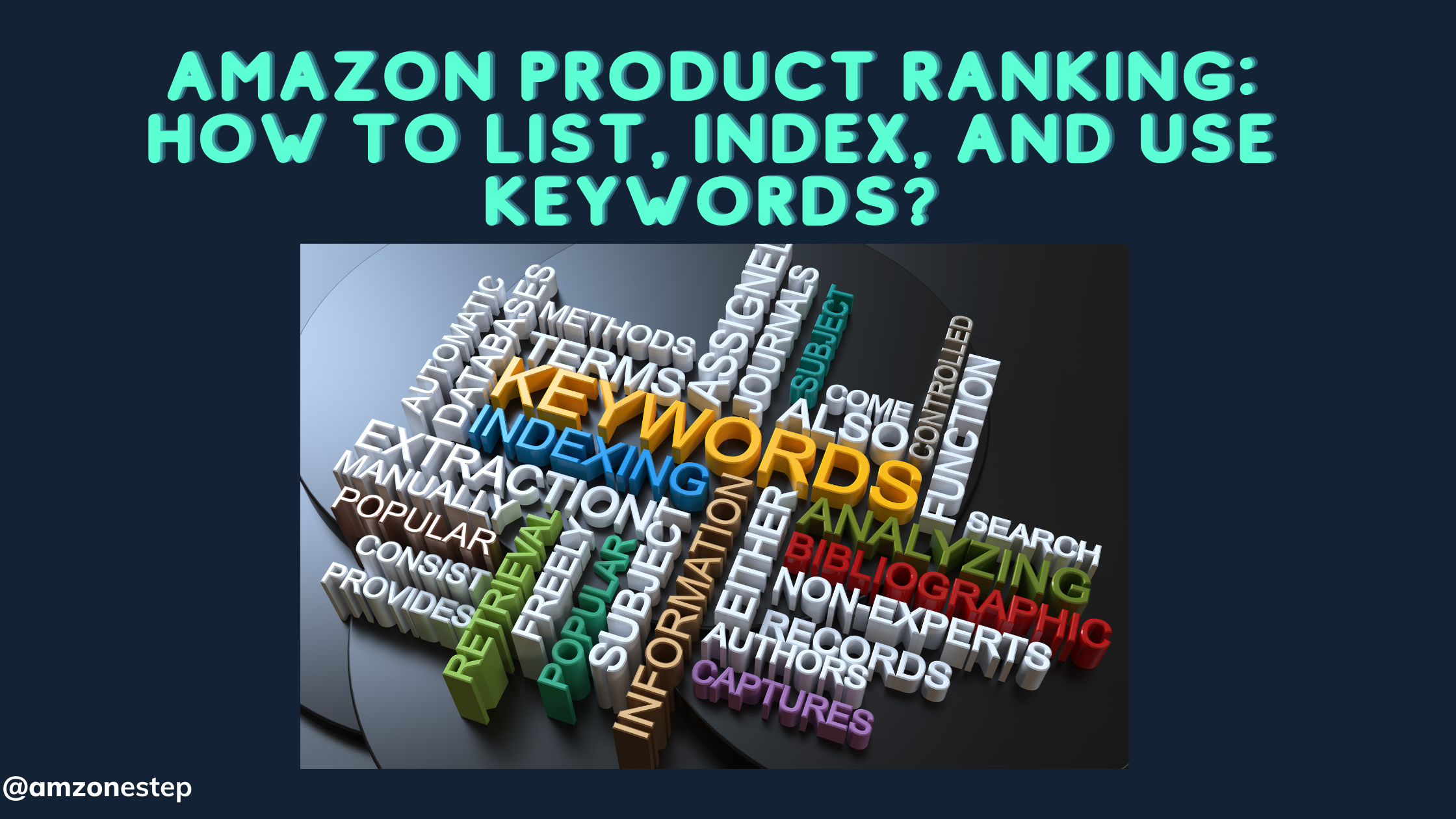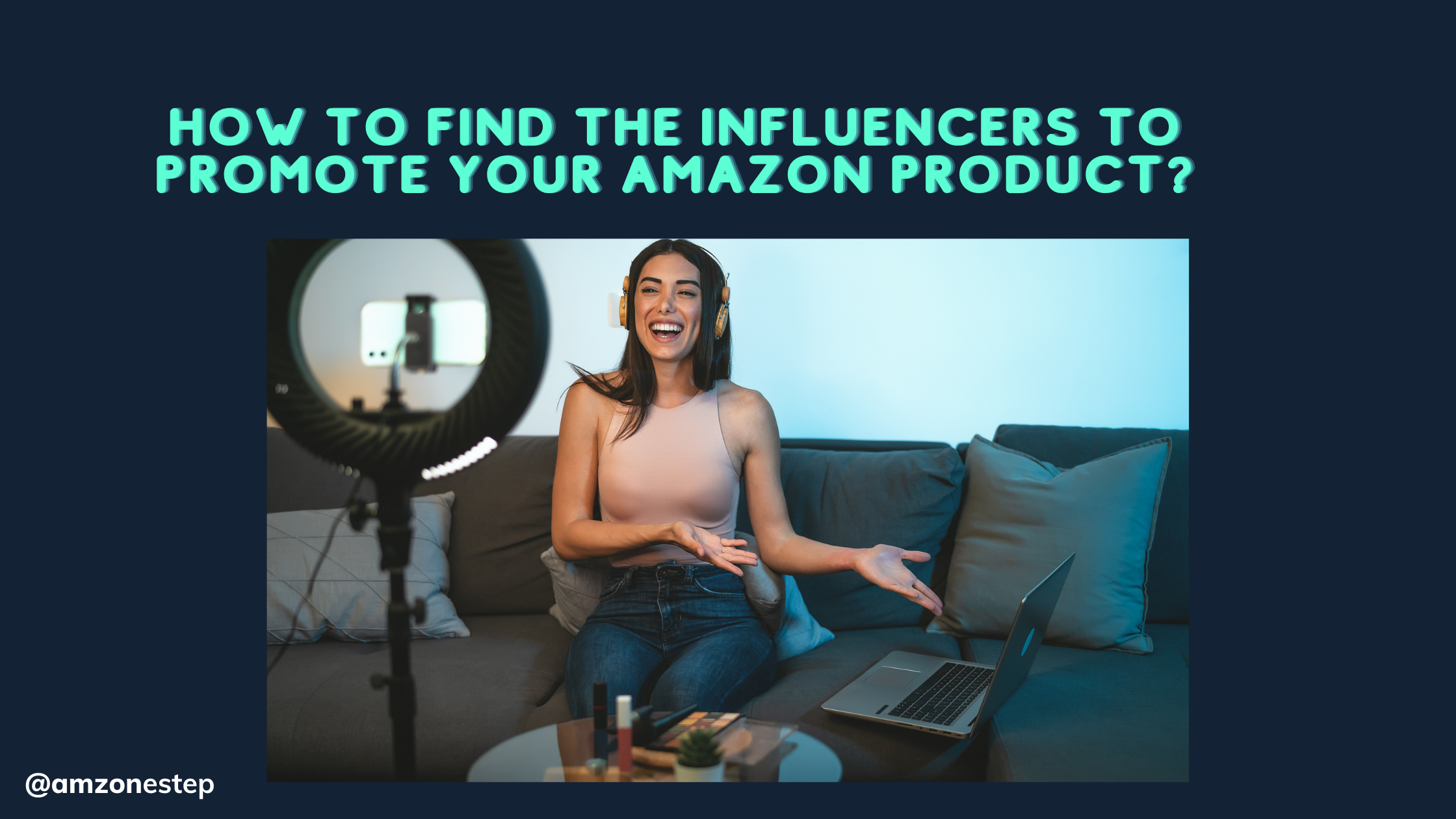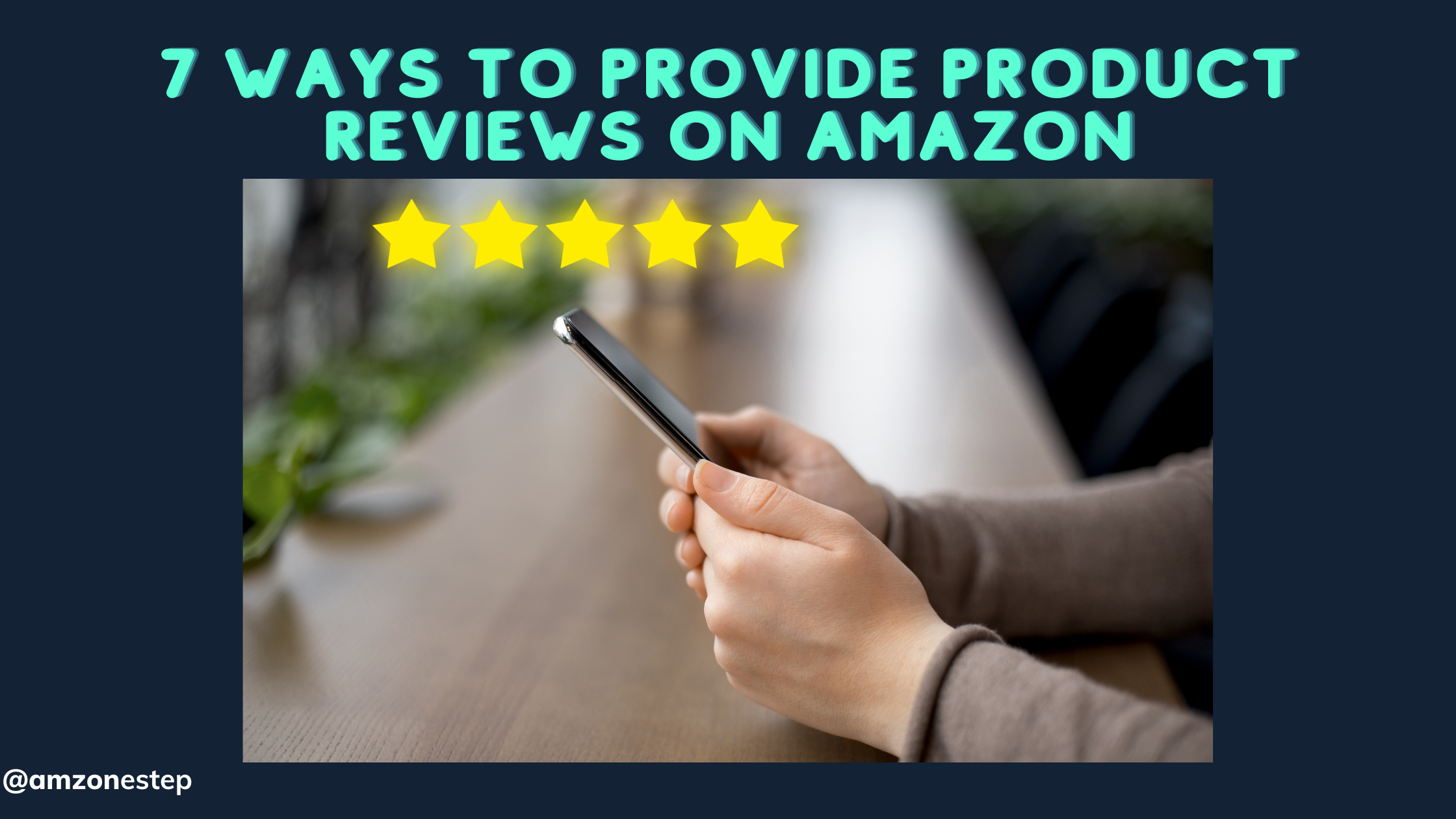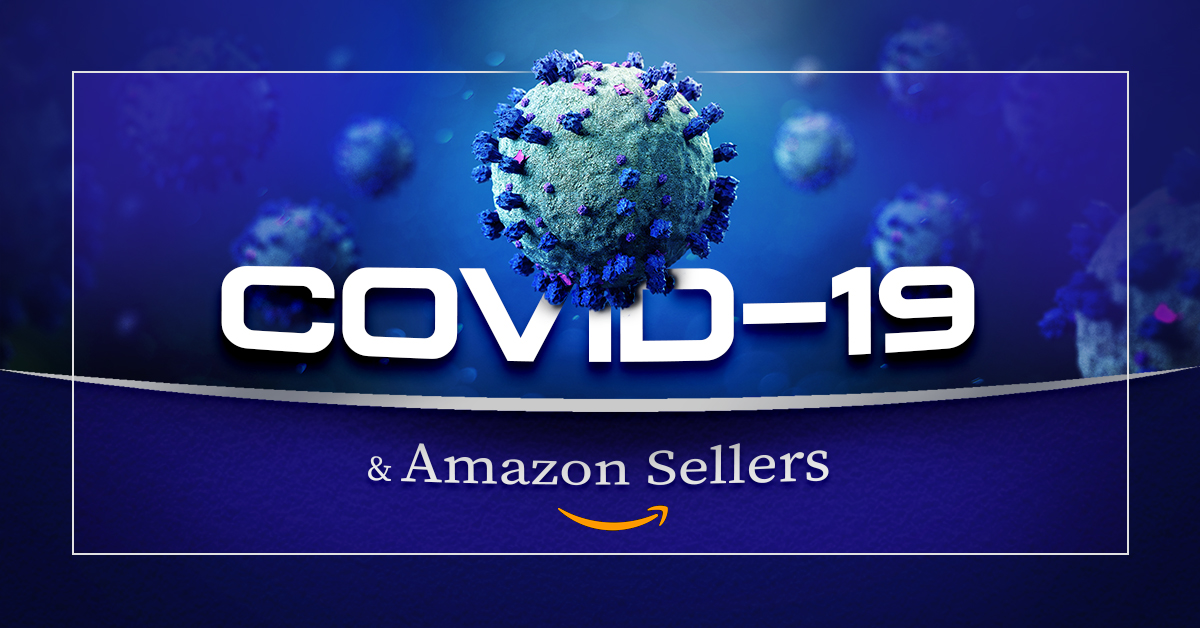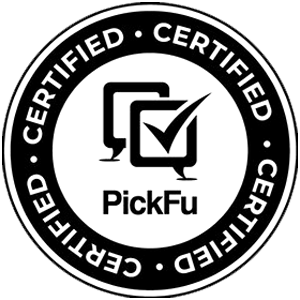Being a seller on Amazon can be tough because of the fierce competition. With millions of sellers on the platform, it’s a crowded marketplace. You’ll likely face direct competition from many sellers offering similar products.
Advertising can help you overcome the competition. Amazon’s advertising platform allows you to promote your products prominently, increasing their visibility to potential customers. This can lead to more sales and improved organic search ranking.
And to make your Amazon PPC advertising as effective as possible, you need to stand out.
One way we can do this is by creating impactful visuals. Having eye-catching visuals is a game-changer. They grab customers’ attention amidst a sea of products. When shoppers are scrolling through listings, impactful visuals can help your products stand out and make them curious to know more.
In this article, we’ll talk about how you can do it yourself with the help of Artificial Intelligence. But before we jump into that, let’s dive into the types of images we want to create and the elements that can make them impactful.
Read More: Harnessing AI for Stunning Product Visuals: Enhancing Your Amazon Listings
The Types of Images to Create for Your PPC
In case you’re yet to be familiar with PPC and its aspect, here are the three types of Amazon Ads and what images to use for each of them:
Sponsored Products
Sponsored Products campaigns on Amazon are designed to promote your existing product listings. These campaigns work by displaying your ads within search results and product detail pages on Amazon. So the image types that you want to create for Sponsored Products are basically the type that you want to create for your listing.
Sponsored Brands
Sponsored Brands campaigns allow you to showcase your brand and multiple products in a banner-like ad format. You can create a custom headline, logo, and use images that represent your brand. The images can include lifestyle photos, product shots, or other visually appealing visuals related to your brand or product line.
Sponsored Display
These ads are displayed on Amazon’s website and on other websites that are part of the Amazon Display Network. The available image types depend on the specific ad format within Sponsored Display. You can use product images, lifestyle photos, or custom graphics that showcase your products.
Read More:3 Ways to Measure the Performance of your Amazon PPC Ads
What Makes A Visual Impactful?
An impactful visual is one that captures attention, communicates effectively, and leaves a lasting impression on viewers. Here are some key elements that contribute to creating impactful Amazon creatives:
High-Quality and Clear
Impactful visuals are those that have high resolution and clarity. Blurry or pixelated images can give a negative impression and detract from your product’s appeal. Sharp and well-defined visuals make a strong first impression.
Eye-Catching Composition
Consider the composition and layout of your visuals. Use techniques such as framing, symmetry, or dynamic angles to create visually appealing images that immediately grab attention and stand out from the competition.
Showcasing Product Features
Your visuals should effectively highlight the key features and details of your product. Use close-up shots, multiple angles, or zoomed-in images to provide a clear view of what sets your product apart.
Lifestyle Context
Incorporate lifestyle or contextual images that depict your product in real-world scenarios. This helps customers envision themselves using or benefiting from your product, enhancing their desire to make a purchase.
Consistent Branding
Maintain consistent branding elements, such as colors, fonts, and overall style, across your visuals. This creates a cohesive and recognizable brand identity, helping customers associate the visuals with your brand.
Emotional Appeal
Consider the emotions you want to evoke with your visuals. Images that evoke positive emotions or resonate with your target audience can leave a stronger impact and create a memorable connection.
Attention to Detail
Pay attention to small but impactful details, such as proper lighting, attractive packaging, or unique product features. These details can make a significant difference in how your visuals are perceived and remembered.
Read More: Lessons Learned After Creating 25,000 Amazon Listing Images
Creating Your Own Impactful Visuals with AI
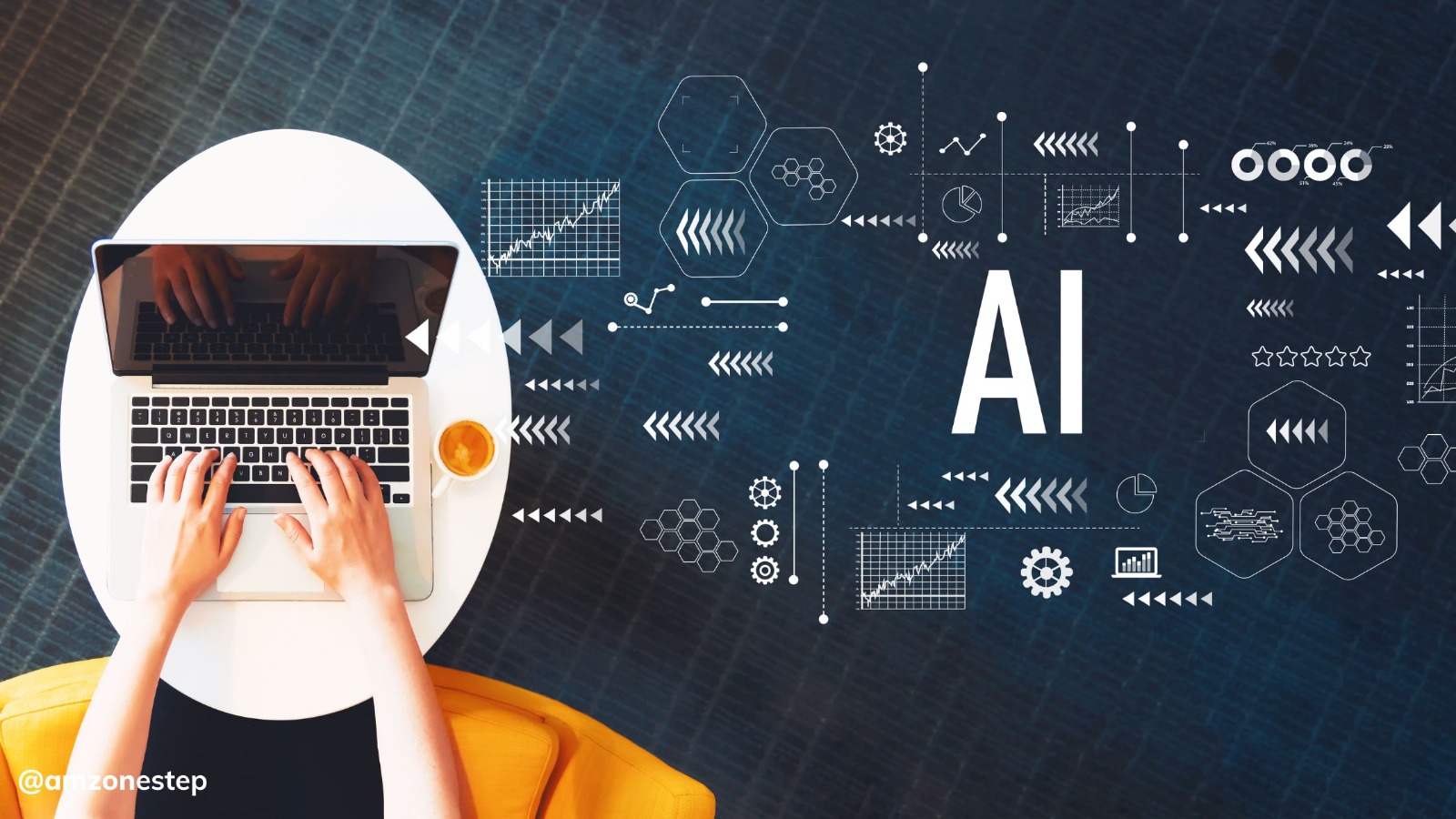
Now that you know what makes impactful visuals and what type of images to create, let’s dive into creating one ourselves using AI. There are many AI tools out there we can use to create our images. But in this blog, we’ll focus on using two powerful yet easily accessible tools: Midjourney and ChatGPT.
Read More: How an Optimized Main Image Design Led to a 3x Revenue Surge on Amazon
A Brief Introduction to Midjourney and ChatGPT
Midjourney is a text-to-image AI tool that uses a generative AI model to create images from natural language descriptions. This means that you can simply type in a description of the image you want, and Midjourney will generate it for you.
Midjourney is a powerful tool that can be used to create a wide variety of images for Amazon PPC ads. You can use it to create images of products, services, or even just abstract images that will capture the attention of your target audience.
Meanwhile, ChatGPT is an advanced AI language model that can understand and create text that feels like it’s written by a human. It uses its AI-powered abilities to assist with various tasks, like brainstorming ideas, answering questions, and offering valuable insights based on data analysis.
With ChatGPT, you can tap into its powerful language capabilities to get helpful suggestions and thoughtful responses tailored to your needs. In this case, we’re going to use ChatGPT to create a detailed prompt that we’re later going to put on Midjourney.
Step-by-Step Tutorial to Create Your Impactful Visuals
Step 1: Create your accounts.
Midjourney is run on Discord, so you’ll need a Discord account for it. And for ChatGPT, you’ll need an OpenAI account. You can use your existing Google account for both to make the signing-up process easier.
Step 2: Ready your prompt with ChatGPT
Crafting precise and detailed descriptions in your prompts is key to optimizing the results when generating images. The AI thrives on specificity, allowing it to better understand your vision and deliver the desired outcomes with satisfaction. And this is where ChatGPT can help us. Using its vast dataset and capabilities, the AI tool can help us envision the stunning images that we’re looking for.
So what we want to do is tell ChatGPT about the types of images that we’re looking for by giving it important details such as:
- Your Amazon business
- Your product
- The types of ads you’re going to use
- The kind of impact you want to make
- Any other important detail you want
With those in mind, you can type in something like this to ChatGPT, for example:
“
I’m an Amazon business owner. I’m selling a revolutionary smart home security system. It provides comprehensive protection for your home, integrating cutting-edge technology and advanced features. I want to create a captivating product image for my Amazon PPC ad that grabs attention and compels customers to take action. Visualize this image with me:
“
This is just an example; you can be much more detailed to make sure it aligns with your brand. And be sure to test things out to know what works best for you.
Don’t hesitate to communicate your preferred style or aesthetic as it greatly influences the AI’s guidance toward generating images that align perfectly with your creative direction. Remember, the more detailed and explicit your descriptions, the more exceptional the results will be.
Step 3: Generate your images with Midjourney
Once you have your ChatGPT graphics prompt, the next step is to use it to generate our image with Midjourney.
Log in to your Discord, and join the Midjourney server; you can do this from their website. Once you enter, navigate through the left side of the screen and look for Newcomer Rooms. Below this, you’ll find many rooms to join; simply select one to get started.
When you’re in, type in /imagine in the chat box to create a prompt field. This is where you want to put the prompt you’ve created earlier.
You can also use your existing images to be included in the image generation process. To do this, simply drag and drop your image into the Midjourney prompt box. Midjourney will then use your image as inspiration for generating new images.
This is very useful if we want our results to be accurate as the real product as possible. After you entered your prompt and uploaded your image, simply hit send, then voila! Your own AI-generated visuals you can use to create stunning and eye-catching ads.
Midjourney will create 4 images that reflect your prompt as detailed as possible within its capabilities. From these 4, you can either upscale one image to enhance it, select an image for the AI to create another 4 variations of it, or rework the entire thing.
Read More: Amazon Advertising: ASIN Retargeting Explained
Using Your AI-Generated Images for Your Ads
Now you might be wondering, after you get your images, can you use them right away to display on your ads?
The answer depends. Amazon has strict guidelines for images, and we must ensure our images comply with their rules. One of them is that all products advertised on its platform must be real and available for purchase. This policy is in place to protect customers from being misled by false or misleading advertising
AI might be able to create stunning images with a captivating concept, but tools like Midjourney still have its limitation. For example, the shape of the product it generated might not be 100% accurate to your real product.
So while AI graphics can be a convenient option, you may also consider combining them with professional product photography or graphic design to enhance the overall visual appeal and credibility of your ads.
Conclusion
At the end of the day, the decision to use AI-generated images in your Amazon ads should be based on careful evaluation of image quality, alignment with your brand and product, as well as a lot of testing. Remember to regularly monitor the performance of the images in your ads and be ready to make adjustments if necessary to maximize their effectiveness.

Hi there! I’m the content marketing and branding specialist for AMZ One Step. I work hard to create engaging and informative content that helps our readers learn more about Amazon selling and how to make the most of their businesses. I love spending time with my family and exploring literary works when I’m not writing or working on projects.
